What Is Render Token (RNDR)?
Render Token (RNDR) is a distributed GPU rendering network built on top of the Ethereum blockchain, aiming to connect artists and studios in need of GPU compute power with mining partners willing to rent their GPU capabilities out. Conceived in 2009 by OTOY, inc. CEO Jules Urbach and launched in 2017, RNDR held its first public token sale in October of that same year, followed by .a private sale period lasting from January 2018 – May 2018, wherein a total of 117,843,239 RNDR
Were sold at a price of 1 RNDR = $0.25 USD equivalent of token. During the private sale period, early adopters were onboarded onto the RNDR Beta Testnet, where beta node operators and artists worked collaboratively with the RNDR team in building and testing the network, up until its public launch on April 27th 2020.
Backed by parent company OTOY, the Render Token team is based out of Los Angeles, with team members throughout the world. The RNDR advisory board boasts industry leaders such as Ari Emanuel (Co-Founder and Co-CEO, WME), JJ Abrams (Chairman and CEO, Bad Robot Productions) and Brendan Eich (Founder and CEO, Brave Software and BAT), who have all advised RNDR in various capacities in bridging the gap between creating a system that appeals to both cryptocurrency communities and Hollywood studio production pipelines.
| Coin Basic | Information |
|---|---|
| Coin Name | Render Token |
| Short Name | RNDR |
| Total Supply | 530,962,615 |
| Max Supply | 536,870,912 |
| Source Code | Click Here To View Source Code |
| Explorers | Click Here To View Explorers |
| Twitter Page | Click Here To Visit Twitter Group |
| Whitepaper | Click Here To View |
| Support | 24/7 |
| Official Project Website | Click Here To Visit Project Website |
The Problem
Authoring and publishing state-of-the-art graphics is an immense challenge that is growing each day. The future demand for advanced rendering will lead to even more complexity and require higher resolution and more interactivity.
Network Scalability
Scaling GPU rendering power is too difficult with traditional render technology. There are limits on what can be done rendering locally, on a network, or even in the cloud. It’s impossible to leverage GPUs throughout the world efficiently without some sort of decentralized system that tracks and manages render jobs.
The Sleeping GPU Network
GPUs, Render Token most efficient rendering hardware, are now a standard component on every phone and PC. However, the current system harbors many inefficiencies. Most developers’ GPUs remain idle when they are not rendering their own work, leaving a wealth of potential power waiting to be tapped.
A Better Use for GPU Power
Today a large amount of GPU power is used in ‘Proof-of-Work’ mining, where GPUs are used to solve arbitrary arithmetic functions in order to provide the base power and security for their respective crypto networks. But PoW mining is inherently inefficient, and wastes the true power in GPUs. Render envisions a better future, where network is empowered by the very work that GPUs are designed to do: bringing creative visions to life.
Digital Rights Management
There is no universally accessible storage location for artists to store their work and know that it is theirs. Through the blockchain and the ledger-based storage protocol of the RNDR™ network, artists are able to store and access their designs and creations.
How does RNDR work
Render Token is an ERC-20 utility token used by artists on the network to exchange for GPU compute power from GPU providers (node operators). RNDR utilizes a combination manual and automatic proof of work system, or in this case proof of render, in order to verify all art has been successfully rendered prior to payment disbursal and art release. Utilizing the inherent security properties of the Ethereum blockchain, proprietary assets are hashed upon upload and sent to nodes piecemeal for rendering.
All RNDR payments are stored in escrow during rendering, and are released to node operators upon manual verification by the commissioning artist of successful work. To prevent malicious actors in both user bases, all assets rendered on the network are watermarked until payment is successfully disbursed, upon which time un-watermarked renderings may be downloaded, and all payment is held in escrow until manually verified as being correctly rendered.
Value Proposition
Render Token (RNDR) will make the process of rendering and streaming intricate virtual works easier for all users. It will allow complex GPU-based render jobs to be distributed and processed on a peer-to-peer network, making the transactional process of rendering and streaming 3D environments, models, and objects much simpler for end users. Furthermore, the Render Network will eventually evolve to include crowd sourced 3D projects to digital rights management, creating a vibrant new marketplace to fund digital ideas, assets and applications that anyone can access and leverage.
Render Token Roadmap
Render Phase I: Post Token Sale (Q1 2018)
Begin to enable cloud rendering services on the orc.otoy.com website with the ability to exchange tokens for rendering services that will be kept track of and facilitated by the blockchain. These services would be initially handled by OTOY or third party servers and would set the framework for a reliable transition into the peer-to-peer framework of rendering.
Render Phase II: Development Process & Preparation for Peer-to-Peer Transition (Q2 2018)
Leverage ecosystem to bring ~7 million users on-board with the Render token platform on the ORC Network and create a simple user interface so that users and developers can easily utilize their GPU power for rendering and streaming jobs in exchange for Render tokens. They will also create and expand the structure for the back-end OTOY network that will handle the efficient processing of the rendering and streaming transactions via the Ethereum blockchain. Beta launch of the network and testing will take place in this phase.
Render Phase III: Launch Peer-to-Peer Network (Q3/Q4 2018)
Launch the peer-to-peer exchange and unlock full capability of the Render token network to enable users to use the untapped GPU power from the available resource pool. Make back-end processes streamlined and make the facilitation of the rendering/streaming job to the recipient completely automated through smart contracts and blockchain development
Render Phase IV: The Ultimate Vision (TBD)
Once the peer-to-peer network is all set-up and running in a stable manner, they will begin to focus our efforts to unlock the true value and potential of the render jobs processed through the Render Token and the ORC network. They will stress the capabilities that they will bring in terms of custom streaming permissions, copyright protection, and unique render creation and publishing. Eventually, the process of rendering using our framework will carry additional value in the form of new and exclusive features. We will release additional information on this process during future written posts and documentation.

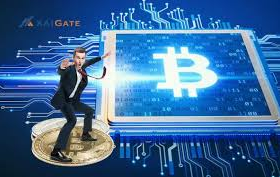
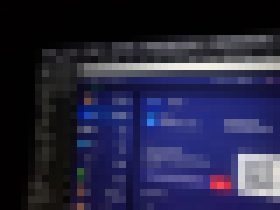


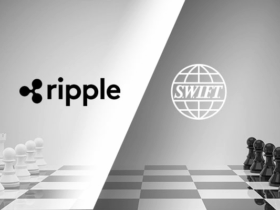
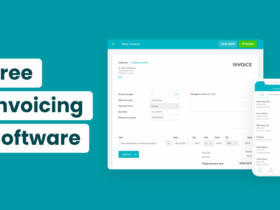
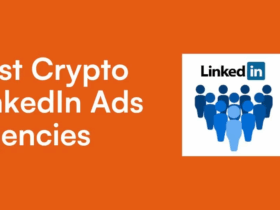

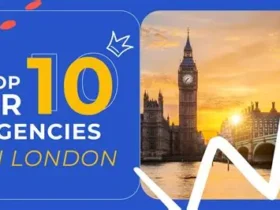
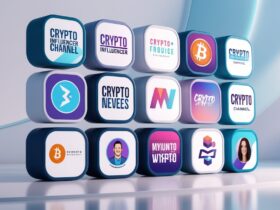

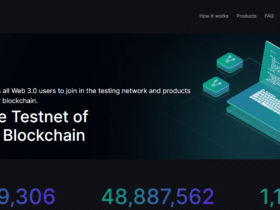

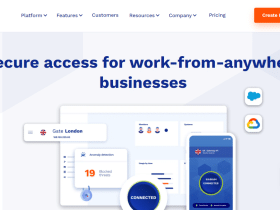
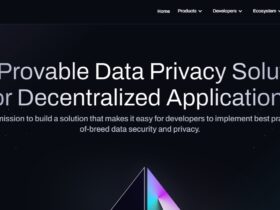

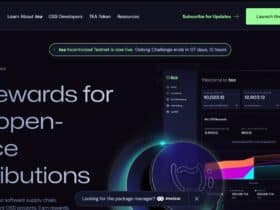
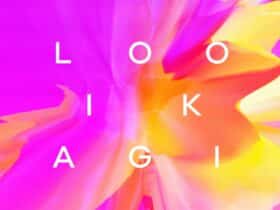


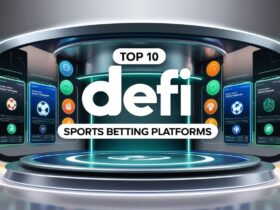
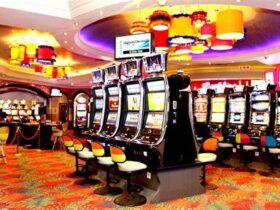

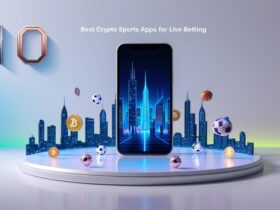






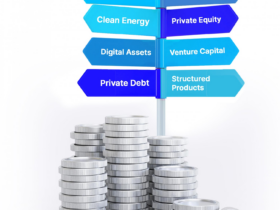
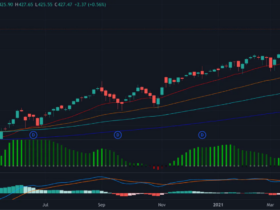

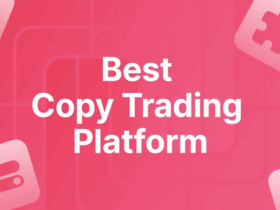
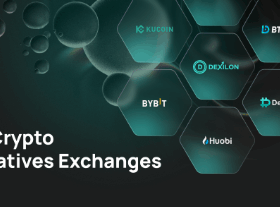
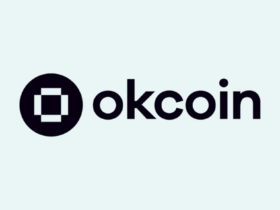
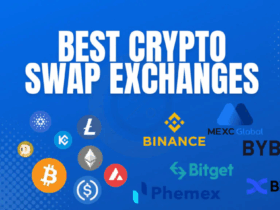
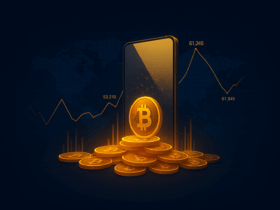

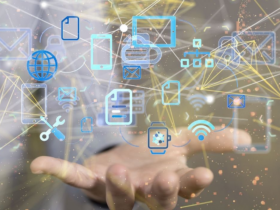

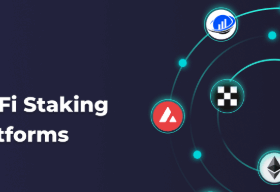

Leave a Reply